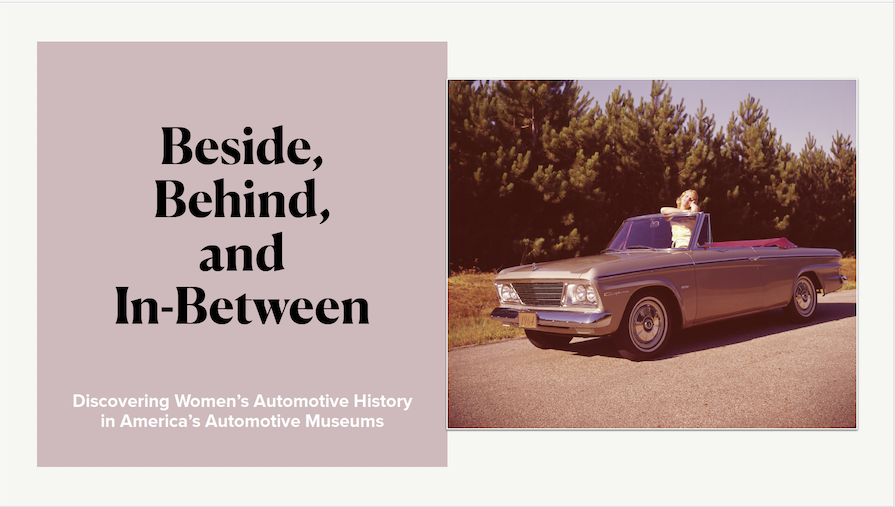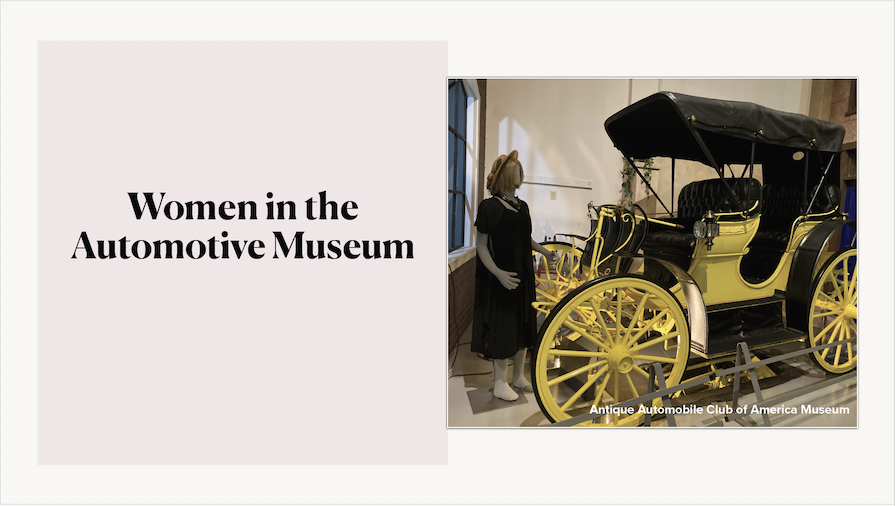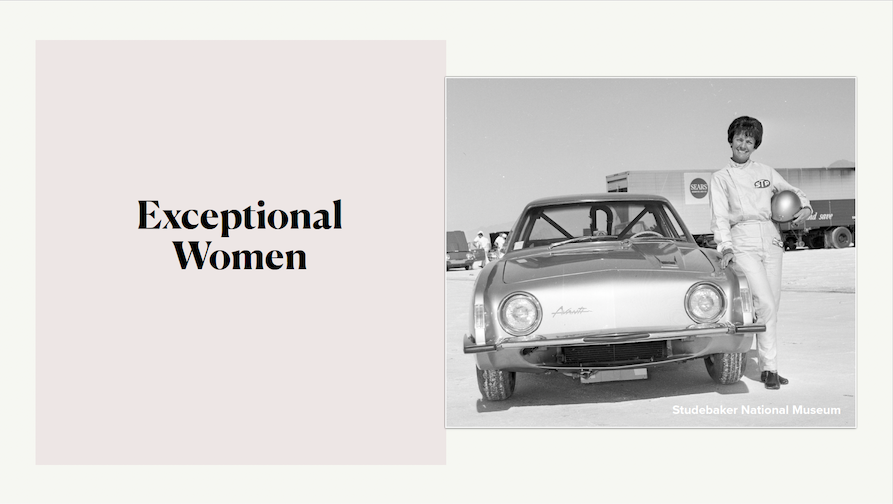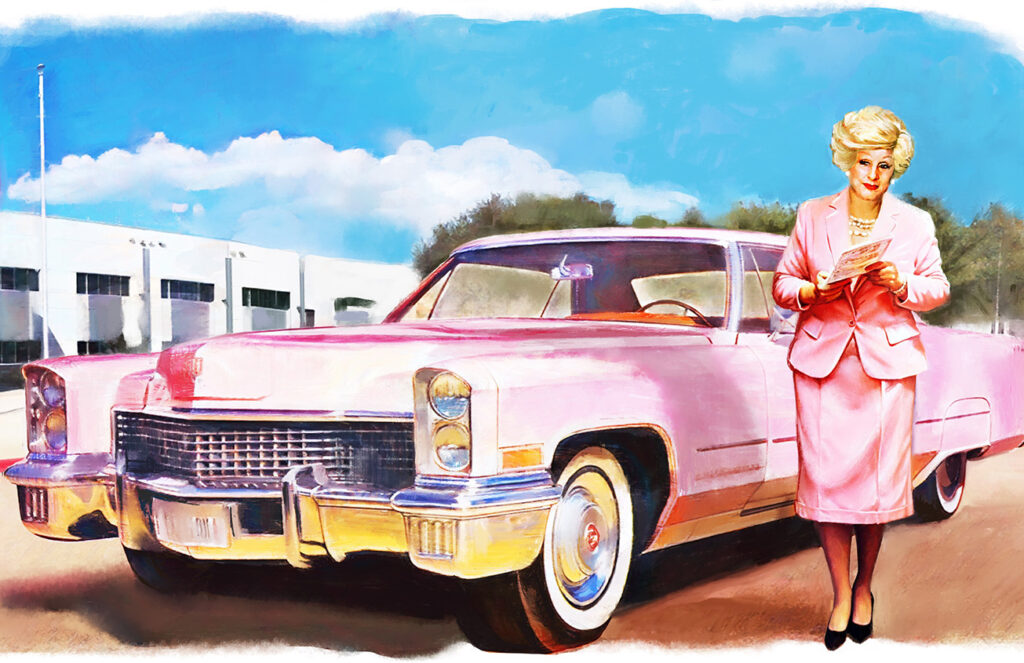
As legends go, in the late 1960s, a young woman by the name of Mary Kay Ash approached a Lincoln dealership to request a custom car to help promote her growing cosmetic business. When rebuked by the dealer, who told her to go home and get her husband, Ash took her business to a Cadillac dealer across town. She asked for, and received, a custom new Cadillac in a color to match the blush of her compact. When, after seeing the gleaming Cadillac, a number of Ash’s sale directors requested pink cars of their own, an idea was born. Beginning in 1969, the top five Mary Kay sellers each year were rewarded with a brand new, blush-colored Cadillac Coupe de Ville. The tradition – through model changes and various shades of pink – has continued for over five decades. For 2025, the iconic Mary Kay Cadillac is going electric; top salespeople are now offered a pink pearl Cadillac Optiq, the first fully electric vehicle awarded by the cosmetic company. The automobile’s current advertising themeline – ‘Drive Your Ambition’ – cleverly combines the personal motivation of Mary Kay and its representatives with the prestige and affluence associated with the Cadillac brand.
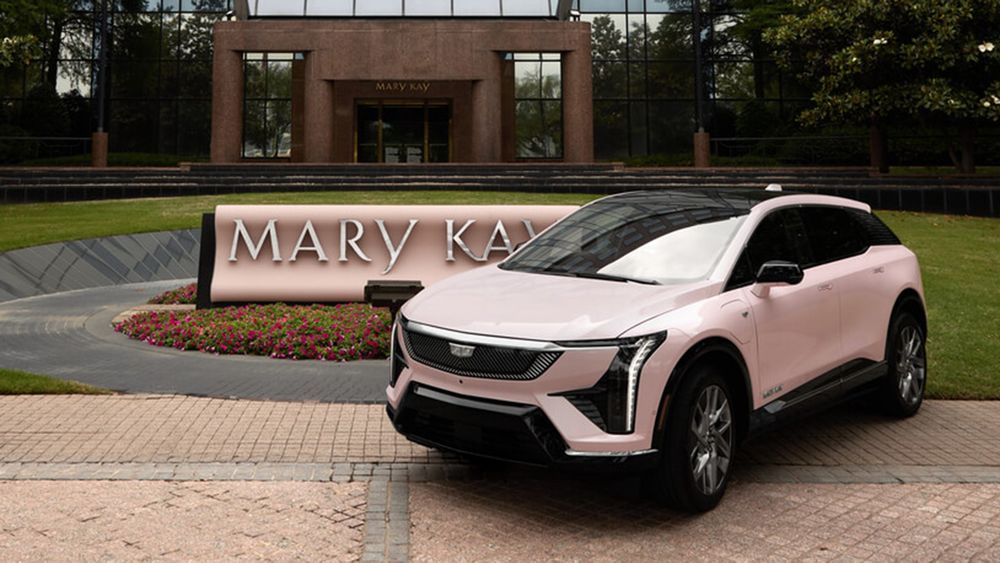
Mary Kay’s Pink Cadillac program has always been somewhat controversial. Critics argue the Mary Kay model and allure of the Cadillac mask a structure that resembles a pyramid scheme. Others find the color of the car problematic; the pink hue stereotypically marks the luxury automobile as a ‘woman’s car,’ a label that is devalued in masculine car culture. The longstanding association between pink and femininity also suggests adherence to traditional gender roles, which conflicts with contemporary notions of business acumen and female empowerment.

However, supporters view the pink Cadillac as a symbol of women’s financial independence and success. To Mary Kay champions, the pink Cadillac is not a symbol of feminine submissiveness; rather, the flashy automobile represents women’s achievements in the business world, a culture long dominated by men. The Mary Kay organization is often commended for inspiring women’s entrepreneurship in a landscape that has historically presented barriers to female advancement. As for the pink-is-for-girls association, Ash brilliantly coopted the stereotype and transformed it into a recognizable and valuable brand identity. The automobile has a longstanding association with male identity and power; by rewarding associates with Cadillacs that are uniquely pink, Ash transformed a masculine symbol into one of female empowerment.
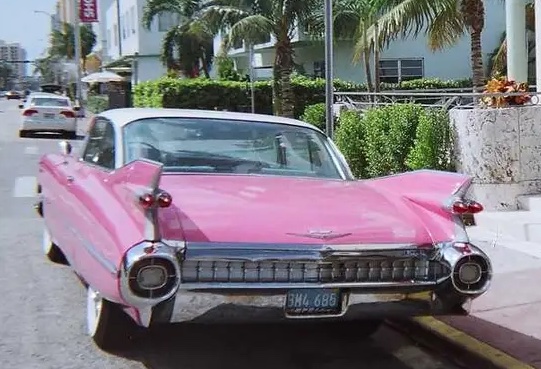
The Cadillac has always had cultural significance, particularly among those who held a less-than-dominant position in American society. During the 1950s and 1960s, if a woman drove a Cadillac, it was assumed a man purchased it for her. A woman behind the wheel of a pink Cadillac, earned through hard work, perseverance, and a bit of moxie, would stand out as someone who had made it at a time when female success in any endeavor was difficult to attain.
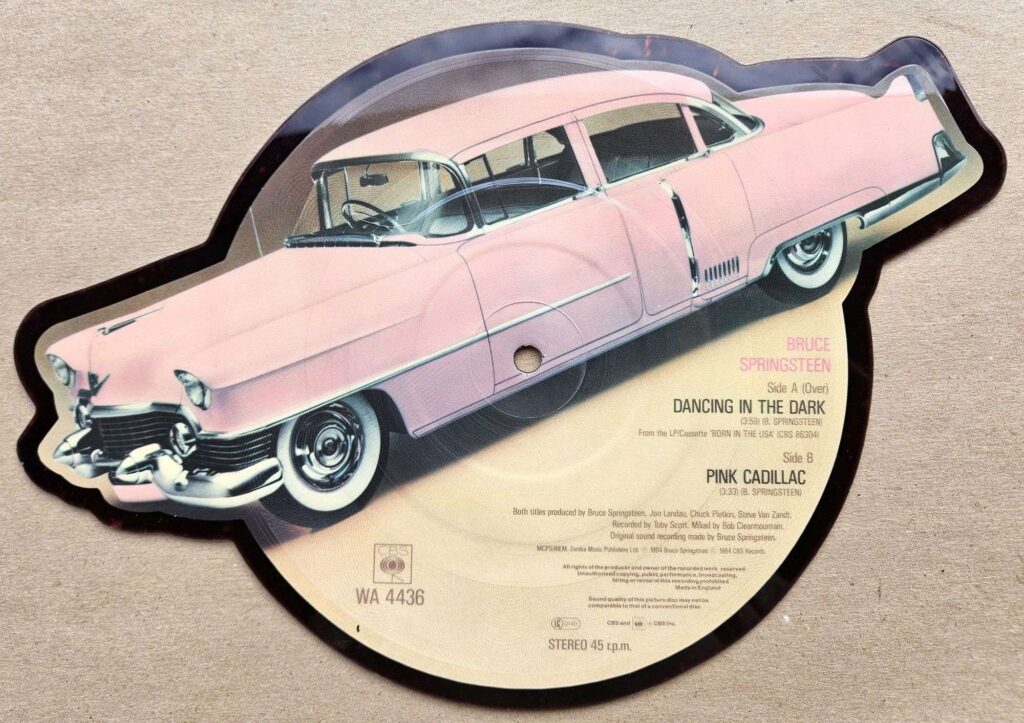
Certainly there is something ultimately intriguing about the Pink Cadillac. To Aretha Franklin, the pink Cadillac served as a self-propelled ride to romance on the ‘Freeway of Love’. Bruce Springsteen also wrote a song about it, expressing his admiration for the car while wondering just what a woman could be doing in it. Of the new EV version, Jalopnik journalist Logan Carter writes, ‘I’m happy to see that the most driven cosmetic-wielding Capitalists now have the option to go all-electric without compromising their allegiance to Mary Kay.’ As for the women who drive them, the pink Cadillac shows the world they are successful, ambitious, and empowered. They are, in the words of Springsteen, ‘cruising down the street, waving to the girls, feeling out of sight’ in a shiny, ostentatious, and hard-earned Pink Cadillac.
